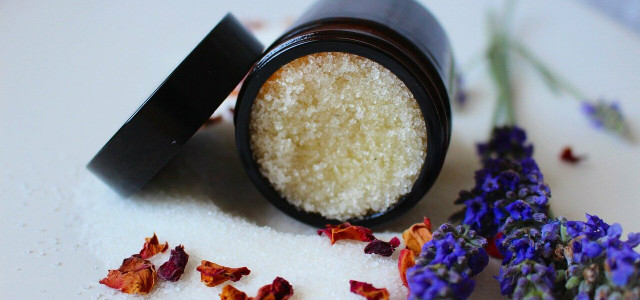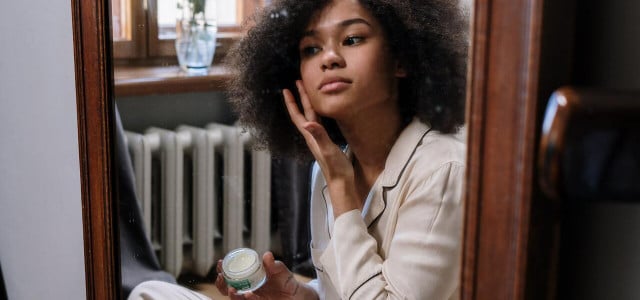Skin cycling is a new alternative to drawn-out skin care routines. We’ll discuss how it works, the environmental impact, and what you can expect from this interesting trend.
Skin cycling is becoming increasingly mainstream. TikTokers, YouTube beauty gurus and even celebrities are getting in on the trend — with incredible results. We’ll take a look at everything from the sustainability of skin cycling to the science behind it and how to do it yourself.
What Is Skin Cycling?

Skin cycling is a way to increase the efficacy of the skin products you use. It allows you to have a natural skincare routine without damaging your skin. With the skin cycle method, you will go through four skin care treatments and steps to give your skin a boost of energy and life. The skin cycle takes place over four days by alternating between different skin products. Then, each step is simply repeated.
When you’ll start noticing results depends on the severity of your skin condition and age. Dr. Bowe, the Tiktok dermatologist behind this trend, notes that if you have a reaction to the products (redness, flaking, or skin irritation), it’s essential to slow down or try gentler ingredients. As we’ll discuss, the products used in skin cycling are very potent. That’s why the skin cycling mantra is “less is more”.
The Science Behind Skin Cycling
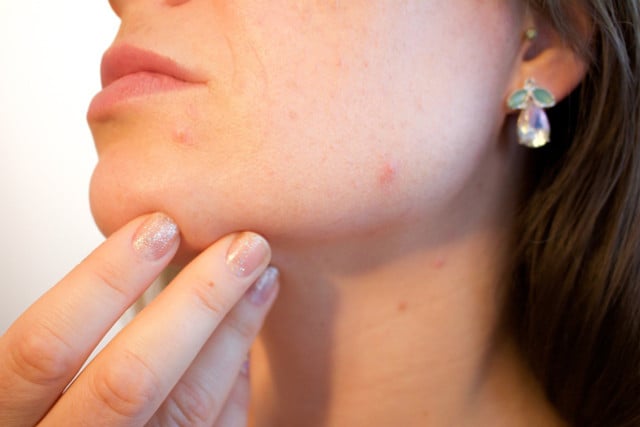


To understand how skin cycling works, we need to understand precisely what happens to our skin when we apply different products.
Skin is the largest organ in the body and is an essential barrier against light exposure, pathogens, and injury. The skin anatomy comprises three layers: the epidermis, dermis, and hypodermis. Skin products don’t usually reach as far as the hypodermis because this layer attaches to the muscles, fat, and other organs below it. So, we’ll primarily be focusing on the upper two layers.
Epidermis
The epidermal layer of skin is the outermost layer of the skin. It provides the body with a barrier to help prevent water loss and infections. This layer also has a protective function as a barrier to the outside world. It is composed of cells that are constantly dividing or growing. The cells are also continually replacing themselves, a process that keeps our skin looking youthful and healthy.
But it is also why pores become blocked. Pores are openings in our skin that allow air and other substances to enter our bodies. When skin turns over, the dead cells accumulate on the surface of the epidermis. These cells and oils can clog pores, making it harder for air to enter the body. This can lead to breakouts and other skin problems.
What can help? Exfoliation, which is a way of removing dead skin cells, is essential to improve the health of your skin. Removing dead skin cells allows your skin to breathe and prevents acne breakouts. Exfoliation also helps clear the way for new cells to grow and keeps your skin healthy.
Research indicates that exfoliation can help other products be absorbed deeper into the skin or remove skin products altogether. For this reason, exfoliation usually comes first in a skin cycling routine because it opens up the pores for the products to penetrate deeper into the skin’s layers.
Dermis
The second layer of skin is the dermis. It’s made up of thick connective tissue that contains collagen, elastin, and other proteins. These proteins are crucial for skin elasticity, a predominant factor in aging. They are organized in what dermatologists call the ECM, or extracellular matrix, which protects all the vital proteins in the dermis.
Which products aid the dermis? Retinol (a vitamin A derivative) can reach the dermis layer and provides invaluable anti-aging effects by helping to maintain the ECM structure and slow down the process of aging. Studies indicate that retinol use helps to reduce wrinkles and improve skin texture. The powerful combination of exfoliation and retinol enhances the natural process the skin undergoes to rejuvenate itself. It is particularly effective in aging skin, where cell turnover has slowed.
However, this combo has its drawbacks.
Side Effects of Using Active Skin Products



Exfoliation comes in two forms — physical and chemical. Where physical exfoliation uses abrasive materials to remove dead skin, chemical exfoliation use enzymes or acids. The most common chemical exfoliating products are AHA (alpha-hydroxy) and BHA (beta-hydroxy) acids. You will know an exfoliate contains these acids if you see one or more of the following ingredients:
- AHA: Lactic acid, Glycolic acid, citric acid, malic acid and tartaric acid
- BHA: Salicylic acid, salicylate, trophic acid, or willow tree bark
While excellent at removing dead cells, these exfoliants can cause rashes, skin peeling, irritation, and tenderness.
Likewise, retinol is not without risks — especially if used improperly. Some studies note that it can cause dryness, irritation, and sun sensitivity. As with exfoliation, many side effects come from overuse, lack of sun protection, and general misuse. A primary problem with both chemical exfoliants and retinol is skin dehydration.
Research shows that dry skin is often caused by a defensive biological reaction to external irritants. It stimulates the release of a protein called cytokine, triggering an inflammatory response. This, unfortunately, disrupts the skin’s barrier causing dryness. It can become a vicious cycle where the more dehydrated the skin is, the more it tries to defend itself, inadvertently damaging the barrier that holds in moisture.
That is why cycling between active and passive skin care is so essential.
Recovery
In 2020, an experiment was conducted to see what would happen if 20 women stopped moisturizing their faces. In other words, how long it took for dehydration to set in and for the skin to rehydrate when they started to moisturize again. Dehydration set in almost immediately. Moreover, the side effects were what we typically see in retinol and exfoliation use — redness, itching, and peeling. It took 1 to 3 weeks for the skin to completely recover from this dehydration.
This shows that recovery is critical when using products that can dehydrate the skin. But more than that, it is about allowing the natural skin turnover process to take effect. By resting in between cycles, we can also reduce the severity of the side effects these products cause.
With this in mind, let’s talk about how you can start the skin cycling process.
How to Do Skin Cycling Safely
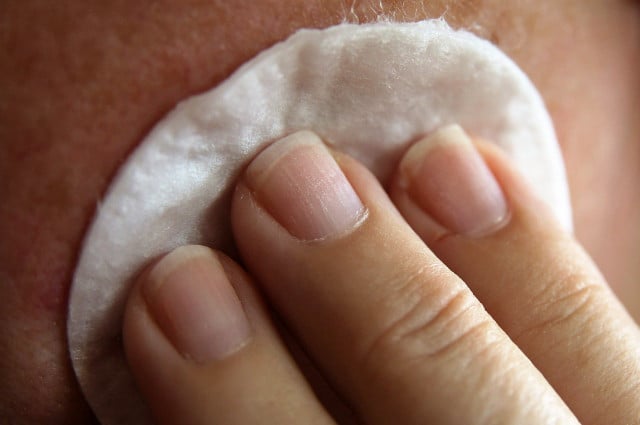


Skin cycling aims to give your skin a clearer, brighter, and more youthful appearance. To do this properly, you will need to alternate between using different types of products in a four-night routine.
The exfoliation stage (night one):
This is to remove build-up and prepare the skin for treatment. If you have sensitive skin, it’s a good idea to use a gentle product.
Products
- You can find Krave Beauty’s AHA facial exfoliator on Amazon**. The brand is PETA-certified, cruelty-free, and vegan. They’ve also made steps to make their product sustainable with recycled packaging.
- For acne-prone skin, there’s InstaNatural’s exfoliating Glycolic mask, also available on Amazon**. InstaNatural is a Leaping Bunny-certified cruelty-free brand based in Florida. Their products are free from parabens, petroleum, and mineral oils.
Method
Begin by cleansing your face with your regular face wash. Next, apply your exfoliate and finish with moisturizer.
The retinol stage (night two):
This stage is designed for deep purging. Again, if you have sensitive skin or experience any side effects with retinol, it is always best to use a lower dosage and combine it with a high-factor sunscreen during the day.
Products
- You can try The Ordinary retinol 1%, available on Amazon ***, to start with. The Ordinary brand is PETA-certified cruelty-free and has committed to sustainability by striving to minimize its environmental impact.
Method
You can consider moving to a higher dose when you feel ready and if you’ve had no adverse reactions. Cleanse your face as usual. Apply retinol and finish with a moisturizer.
The recovery stage (nights three and four):
The following two nights, you do not apply any active ingredients, so your skin can rest. A strong moisturizer can help balance the effects of the active ingredients during this period.
Products
- Thrive is an excellent moisturizer choice. You can find them on Amazon **. They’re a US-based company, vegan and cruelty-free. They use all-natural ingredients and no fragrances, which is important because you don’t want a moisturizer with irritating ingredients. Plus, their packaging is made from recycled bottles.
Method
Simply wash your face as normal, then apply your moisturizer.
While there are similar product combinations you can try, choosing sustainable brands is an essential factor with skin cycling. The fundamental idea of “less is more” doesn’t only apply to skincare.
Is Skin Cycling More Sustainable Than Other Beauty Trends?
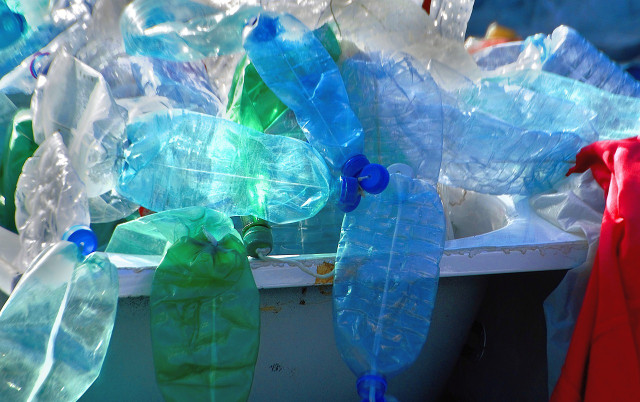


In the US, the cosmetics market is a $49 billion industry, of which skin care makes up 41% of the total market. Understanding the exact impact of the market is difficult because few statistics have closely monitored the cosmetic industry in isolation.
More commonly, we can see overviews of where emissions in the US are coming from. For instance, industrial pollution makes up 24% of the total greenhouse gas emissions in the USA. It includes the burning of fossil fuels and emissions generated by chemical reactions, which include those produced by the cosmetics industry.
If we look closer, scientists report that volatile chemical products, including personal care items, now contribute to half of all fossil fuel VOC emissions in cities. Not only do these chemicals release carbon dioxide, but they have long-term effects on the environment and public health. In particular, studies note concern over the growing issues of microplastics, aquatic toxicity, and contamination.
Let’s consider packaging. A study revealed that more than 120 billion units of cosmetic packaging were produced around the world in 2018. Aside from the fact that single-use plastic can remain in landfills for hundreds of years, the presence of microplastics is just as insidious. Scientists have recorded the presence of microplastics in many aquatic species. It can affect the immune system of living creatures and even alter their behavior.
The ecological benefit of the skin cycling approach is to reduce how many products you use and, by extension, how many of these products will go on to have harmful effects.
Tips and Takeaways
Cutting down on cosmetic products is a step in fighting climate change. Skin cycling is not only a scientifically-backed process for improving skin, but it also can help reduce waste. You can further this aim by considering products with recyclable packaging or buying fewer goods that come in single-use containers.
Read on:
- 8 Natural Home Remedies for Blackheads
- How to Get Clear Skin Naturally with Our Top 12 Tips
- 6 DIY Peel-Off Face Masks For Healthy Skin
Do you like this post?








